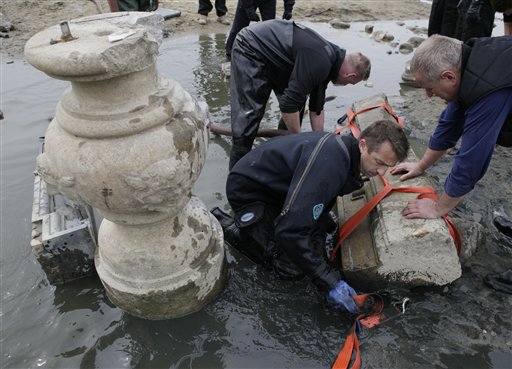And too much water;
The problem can look overwhelmingly complex, but there are simpler ways to look at what is happening. The amount of energy in the atmosphere and the oceans is increasing. The energy there has always been what has driven weather - all weather. With more energy in the source, we are seeing more energy in the response. And this increased energy is a change from a what had been a fairly well established thermal equilibrium. Such changes in the driving factors will produce changes in the response. Taking up water into the atmosphere is very much an energy driven process. And so we see more rain in some places, less in others, more storms taking different paths, changes in the characteristics of natural cycles (ENSO, for example). Certainly noise still exists in the chaotic system of global weather, but noise does not preclude the existence of overlying trends and that is what we are seeing. Welcome to the visible world of global warming.

